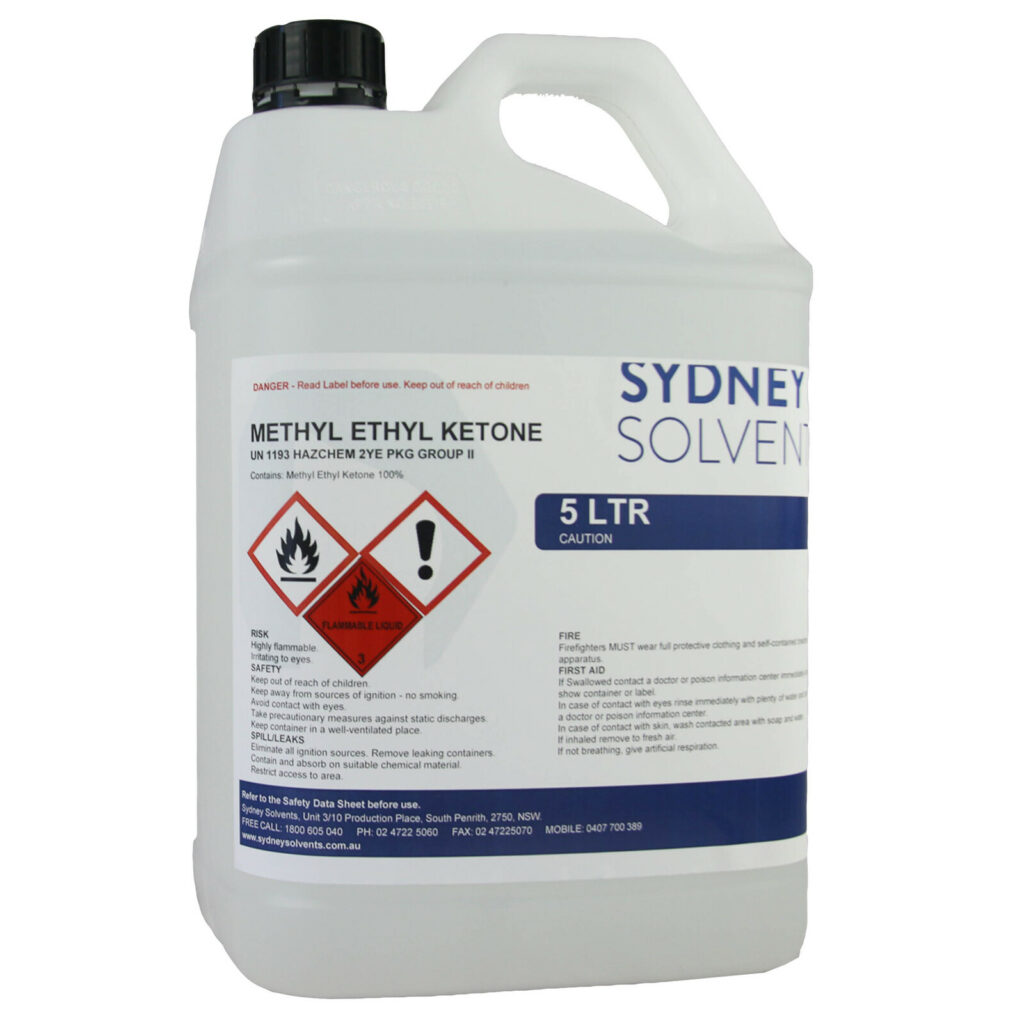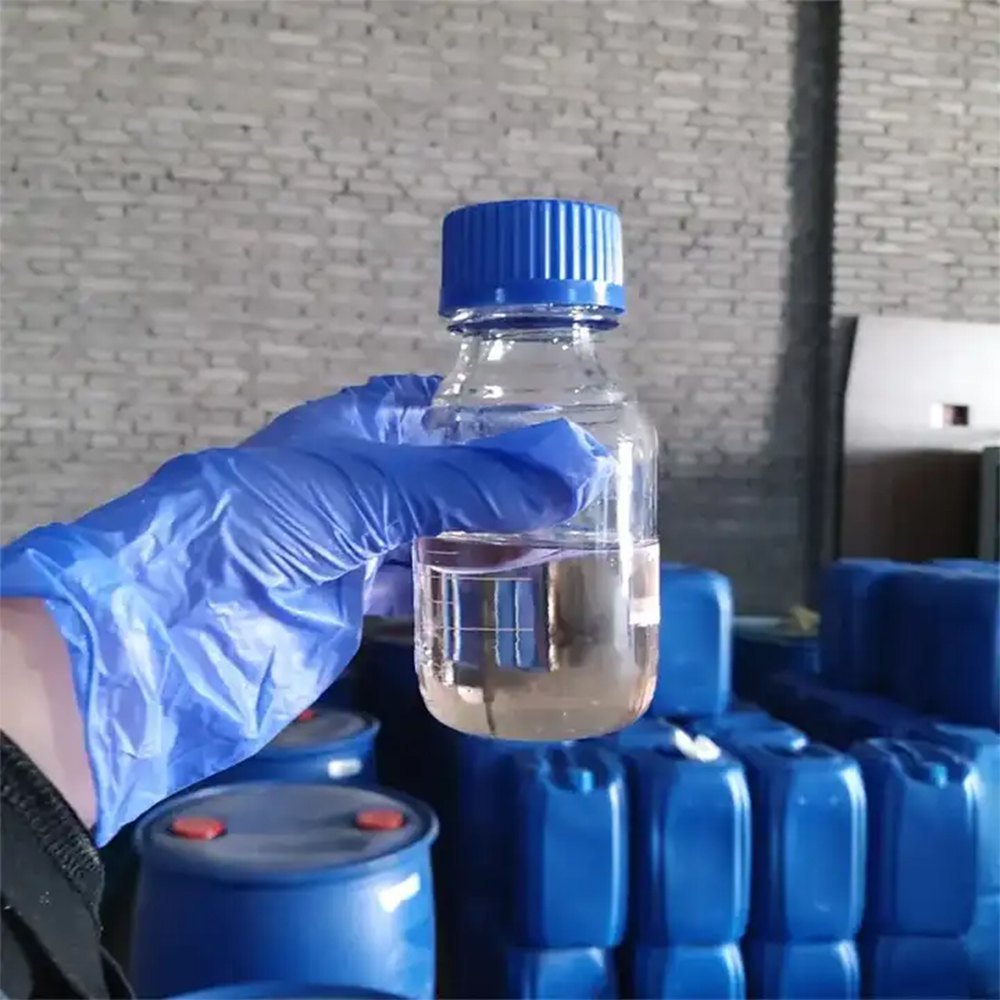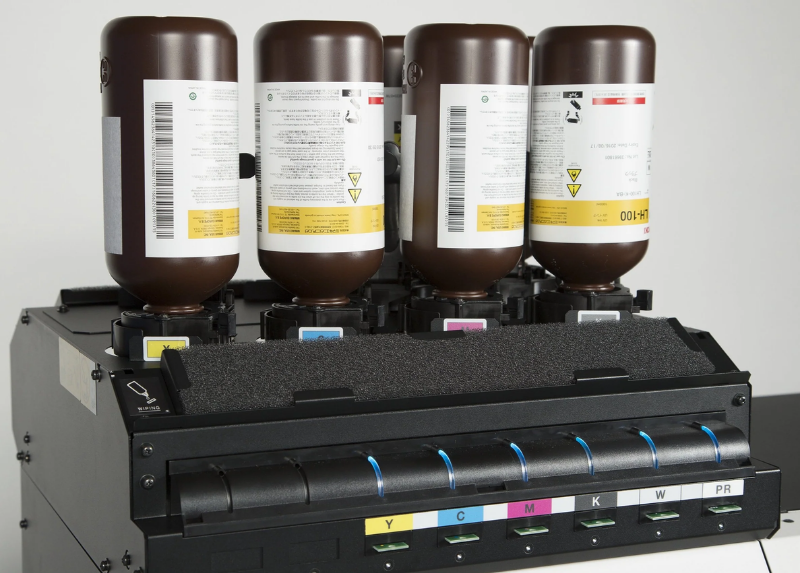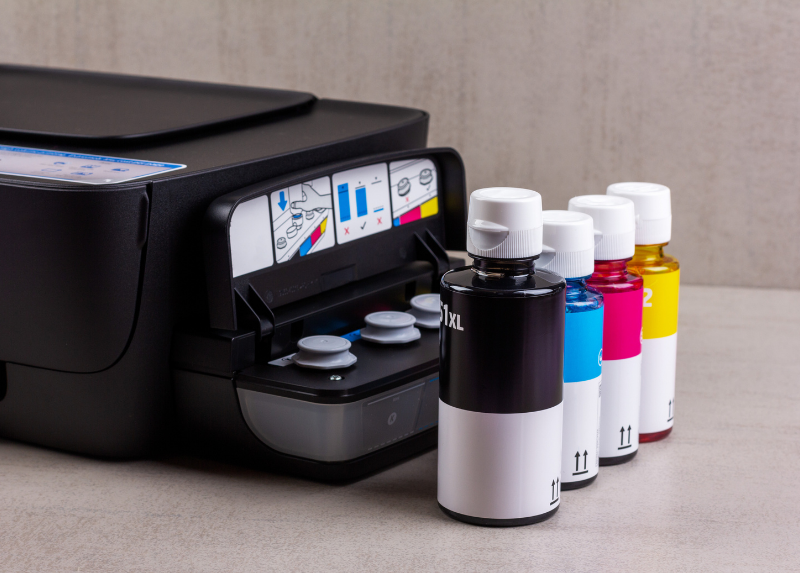MEK (Methyl Ethyl Ketone) Chemical: Properties and Recommended Reputable Suppliers
14/07/2025
|
Industry news
Methyl ethyl ketone (MEK) molecular gormula: CH₃COC₂H₅ is an organic compound, a colorless liquid with a scent similar to butter or acetone, commonly used in manufacturing industries. So, what exactly is methyl ethyl ketone? What are the specific characteristics of MEK, its preparation process, and applications? Let’s explore in the article below.
What is Methyl Ethyl Ketone (MEK)?
Methyl ethyl ketone (MEK), also known as butanone, is an organic compound with the chemical formula CH₃C(O)CH₂CH₃. It is a simple ketone that exists as a colorless, volatile liquid with a mild sweet odor, similar to acetone. MEK is widely used in industry as a solvent due to its excellent ability to dissolve many types of resins, paints, adhesives, and other organic compounds.
Physical and Chemical Properties
Physical Properties
- State: Colorless liquid
- Odor: Mild sweet smell, similar to acetone, slightly pungent
- Molar Mass: 72.11 g/mol
- Density: 0.805 g/cm³ (at 20°C)
- Boiling Point: 79.6°C (at standard atmospheric pressure)
- Melting Point: -86°C
- Viscosity: 0.41 cP (at 20°C)
- Solubility:
- Miscible with water (~223 g/L at 20°C)
- Completely miscible with organic solvents such as ethanol, ether, and benzene
- Vapor Pressure: 78 mmHg (at 20°C), indicating high volatility
- Refractive Index: 1.3788 (at 20°C)
- Flammability: Highly flammable, with a flash point around -9°C (closed cup)

Chemical Properties
Ketone functional group: MEK contains the C=O (carbonyl) group, characteristic of ketones, making it chemically reactive in ways typical of ketones.
Oxidation reactions
MEK is relatively stable with common oxidizing agents, but under harsh conditions (e.g., strong acids and high temperatures), it can oxidize to acetic acid and other byproducts.
Reduction reactions
When reduced (e.g., with H₂ in the presence of catalysts like Ni or Pd), MEK converts to 2-butanol (CH₃CH(OH)CH₂CH₃), a secondary alcohol.
Reactions with nucleophiles
The carbonyl group in MEK can react with nucleophiles such as hydrazine (NH₂NH₂) to form hydrazones, or with Grignard reagents (RMgX) to produce tertiary alcohols.
Weak acid/base behavior
The hydrogen at the alpha position (CH₂ next to the C=O group) is mildly acidic due to resonance with the carbonyl group. In strong alkaline environments, it can be deprotonated, leading to condensation reactions (e.g., aldol condensation).
Reactions with halogens
MEK can undergo halogenation at the alpha position in the presence of acid or base catalysts, producing halogenated products like CH₃C(O)CHXCH₃ (X = halogen).
Flammability and decomposition
Upon combustion, MEK breaks down into CO₂ and H₂O, releasing significant heat. It may also form organic peroxides if exposed to air and light over time.
MEK Production Process
Dehydrogenation Process of 2-Butanol (The Most Common Industrial Method):
This is currently the most widely used method for producing MEK, utilizing 2-butanol (sec-butanol, CH₃CH(OH)CH₂CH₃) as the raw material.
- Chemical Reaction: CH₃CH(OH)CH₂CH₃ → CH₃C(O)CH₂CH₃ + H₂ (2-Butanol → MEK + Hydrogen)
- Reaction Conditions: Temperature: 400 – 500°C, Pressure: atmospheric or slightly lower.
n-Butane Oxidation Process (Hydrocarbon Oxidation Method)
- MEK can also be produced through direct oxidation of n-butane (CH₃CH₂CH₂CH₃) in the liquid phase.
- Chemical Reaction: CH₃CH₂CH₂CH₃ + O₂ → CH₃C(O)CH₂CH₃ + by-products
- Reaction Conditions: Temperature: 120 – 150°C, Pressure: 50 – 60 atm.
- Solvent: Acetic acid is commonly used to facilitate the reaction.
Other less common methods include Wacker Oxidation, among others.
Industrial Applications of MEK
- Solvent in the paint and coatings industry.
- Solvent in the production of adhesives and industrial bonding agents.
- MEK is also used in flexographic and gravure printing inks due to its excellent resin and dye dissolving ability, along with rapid evaporation that allows ink to dry immediately after printing.
- Solvent in the synthesis or processing of plastics such as PVC, polystyrene, and epoxy resins.
- Used in extracting compounds from natural materials, for example in the production of pharmaceuticals or essential oils.
- MEK is effective in removing oil, grease, and contaminants from metal surfaces, machinery, or electronic components before painting or assembly.

Precautions When Using MEK
- Ensure proper ventilation in the working area.
- Avoid heat sources and open flames.
- Exposure Handling:
- Eye Contact: Rinse immediately with clean water continuously for at least 15 minutes, then seek medical attention.
- Skin Contact: Wash the affected area thoroughly with soap and water, apply moisturizer if necessary, and change any contaminated clothing.
- Inhalation: Move the person to fresh air. If breathing has stopped, perform artificial respiration and seek medical help immediately.
- Ingestion: Do not induce vomiting unless instructed by medical personnel. Take the person to a medical facility immediately.
- Fire and Explosion Handling
- In case of a fire caused by MEK, use a CO₂ extinguisher, dry powder, or alcohol-resistant foam. Do not use water, as it may spread the fire.
- Always read the MSDS carefully before using MEK.

Contact K-Chem – A Trusted Supplier of Bulk MEK with Quality, Reliability, and Competitive Pricing, get a free consultation from our team of experienced experts!
K-CHEM VIETNAM CO., LTD
- Address: N6B Street, Lot F, Phu Chanh 1 Industrial Cluster, Phu Chanh Ward, Tan Uyen City, Binh Duong Province, Vietnam
- Tel: +84 274 362 0218
- Email: info@k-chem.vn






